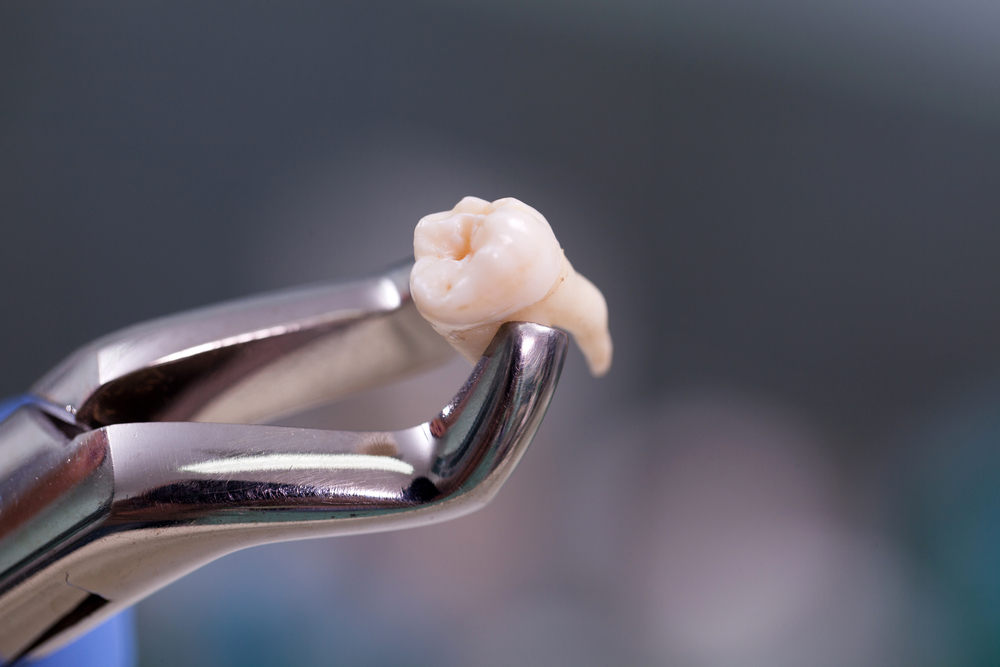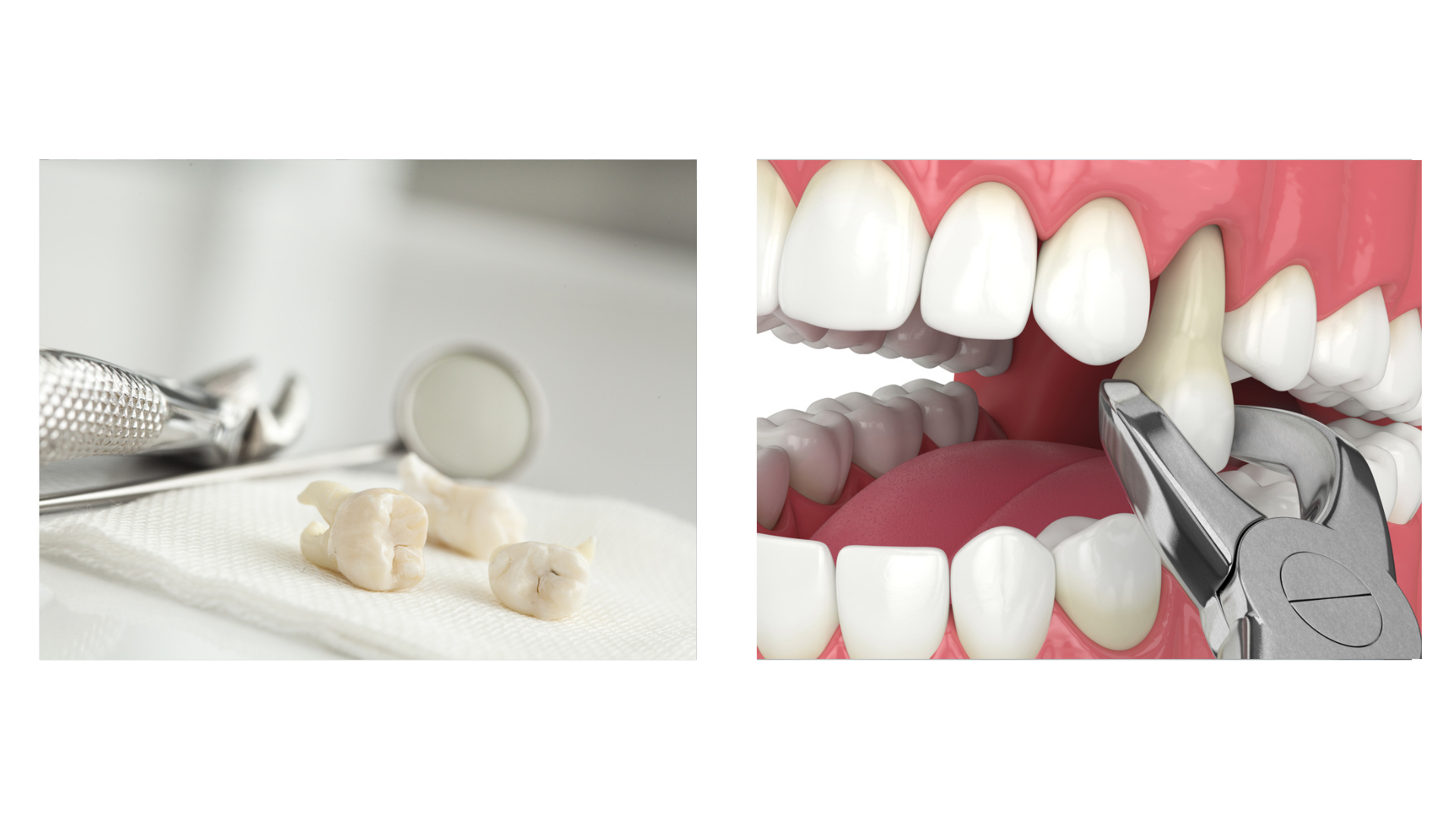Teeth extraction is more than just a dental procedure—it’s a life disruptor. Many dread the very idea of it. Indeed, if you’re facing this, you know it’s not just about the physical pain. It also brings a storm of worry, affecting every smile and each bite of food.
This pain isn’t just felt in the gums; it echoes through your workday and into your home life, straining relationships. Let’s delve into how the necessity of removing a tooth can ripple through your daily existence, unsettling the very ground you walk on.
What is Tooth Extraction?
Teeth extraction is the surgical removal of a tooth from its dental socket in the jawbone. This procedure becomes necessary when a tooth is irreparably damaged due to decay, disease, or trauma. It is also used to address overcrowding in the mouth or as part of preparations for orthodontic treatment, which aims for proper teeth alignment.
There are various reasons and methods for extraction, each tailored to specific dental issues. Understanding the basic types of extractions and their purposes helps clarify why this procedure is essential for maintaining oral health and preventing future dental complications.
Types of Teeth Extraction
Teeth extraction is categorized mainly into two types, each suited to specific dental conditions:
- Simple Extraction:
- Performed on a tooth that is visible above the gum line.
- Generally involves local anesthesia.
- The dentist uses tools like an elevator to loosen the tooth and forceps to remove it.
- Surgical Extraction:
- Necessary for teeth that are not easily accessible, such as those that are broken at the gum line or have not fully erupted.
- May require general anesthesia or a stronger local anesthesia.
- Involves making a small incision in the gum to remove the tooth or teeth.
Each type of extraction aims to address different dental issues effectively, ensuring patient comfort and optimal outcomes.
Who Needs a Tooth Extraction?
Tooth extraction may become necessary for various individuals, depending on several dental health conditions and circumstances:
- Severe Tooth Decay:
- When decay penetrates deep into the tooth, reaching the pulp, and causing infection that cannot be resolved with a filling or root canal.
- Periodontal Disease:
- Advanced gum disease may lead to the loosening of teeth, necessitating extraction if the supporting tissues and bone are irreversibly damaged.
- Tooth Damage:
- Significant damage from trauma or accidents that fractures a tooth beyond repair.
- Orthodontic Treatment:
- To create space for other teeth to move into place, particularly in cases of overcrowding, which can affect bite alignment and oral function.
- Impacted Teeth:
- Commonly seen with wisdom teeth, impaction occurs when a tooth fails to emerge fully, potentially causing pain, infection, or disruption to adjacent teeth.
- Risk of Infection:
- In cases where a person’s immune system is compromised (e.g., undergoing chemotherapy or having an organ transplant), even the risk of a slight infection may necessitate extraction.
Understanding who might need a tooth extraction helps clarify when this procedure is advisable and underscores the importance of regular dental check-ups to prevent or manage potential issues before they necessitate such measures.
The Process of Teeth Extractions
The process of teeth extraction involves several key steps, designed to ensure the procedure is as smooth and pain-free as possible:
- Initial Consultation:
- The dentist or oral surgeon reviews your dental and medical history, examines your mouth, and typically requires X-rays to assess the condition of your teeth and underlying bone structure.
- Preparation:
- Based on the evaluation, the dentist will choose the type of anesthesia. For a simple extraction, local anesthesia is often sufficient. For surgical extractions, especially if multiple teeth are involved or if the patient is particularly anxious, sedation or general anesthesia may be used.
- Extraction Procedure:
- For a simple extraction, the dentist will use an elevator to loosen the tooth and forceps to remove it. In a surgical extraction, the dentist may need to make an incision in the gum to access and remove the tooth, possibly removing some bone around the tooth or cutting the tooth into pieces to extract it more easily.
- Post-Extraction Care:
- Immediately after the tooth is removed, a gauze pad is placed over the extraction site to help stop bleeding and promote clot formation. Instructions for post-extraction care include how to manage swelling and pain, foods to avoid, and hygiene practices. It’s crucial to follow these guidelines to prevent complications like dry socket.
- Follow-Up:
- A follow-up appointment may be scheduled to ensure proper healing and to discuss any further treatment if necessary, such as dental implants or bridges to replace the extracted tooth.
This structured approach helps manage any discomfort associated with the extraction and supports effective healing and recovery.
Cost of Tooth Extraction in Texas
The cost of teeth extraction in Texas can vary widely depending on several factors, including the type of extraction required, the dentist’s experience, and the geographical location within the state. Here’s a breakdown of what you can expect:
- Simple Extraction:
- Typically ranges between $75 and $200 per tooth. Simple extractions are less expensive because they require less time and fewer resources.
- Surgical Extraction:
- Costs can range from $150 to $650 or more per tooth. The higher cost reflects the complexity of the procedure, which may involve anesthesia, surgical time, and additional care.
- Additional Costs:
- Besides the extraction itself, there may be other costs involved, such as X-rays, which can add $50 to $150 to the overall bill. If general anesthesia is required, this can also increase the cost significantly.
- Insurance and Financial Aid:
- Many dental insurance plans cover a portion of the cost of teeth extractions, especially if the procedure is deemed medically necessary. Patients should check with their insurance provider to understand the specifics of their coverage. For those without insurance, some dentists offer payment plans or sliding scale fees based on income.
It’s advisable for patients to get a detailed quote from their dentist after an initial consultation to understand all potential costs. Shopping around and comparing prices from different providers in Texas can also help in finding the most cost-effective option.
Take Charge of Your Dental Health Today!
At Grand Prairie Family Dental, we recognize that a confident smile can make all the difference. That’s why we offer tooth extraction services that are not only effective but also prioritize your comfort and health.
Tooth extraction can do more than just resolve dental issues; it can restore your self-esteem and improve how you interact with others. We believe everyone deserves a healthy, confident smile, free from the discomfort of troublesome teeth.
Here’s how we handle it:
- Comprehensive Consultation: Your journey begins with a thorough evaluation of your dental health, utilizing the latest imaging technology to accurately assess your needs.
- Personalized Treatment Plan: Dr. Khademazad will develop a customized plan specifically for your tooth extraction, aimed at reducing discomfort and promoting a swift recovery.
- Supportive Aftercare: We provide detailed instructions for aftercare to ensure your recovery is as smooth and pain-free as possible.
So, don’t wait—schedule your consultation today. In the meantime, visit our website for more details on our dedicated approach to dental care. This way, you can stop worrying about the pain and potential complications of needing a tooth extraction and look forward to a healthier, more comfortable smile.
Question & Answers
Does tooth extraction hurt?
You’ll receive anesthesia, so you shouldn’t feel pain during the procedure, just pressure.
What’s the difference between simple and surgical extraction?
A simple extraction removes visible teeth, while surgical extraction involves gum incisions for teeth below the surface.
How should I prepare for a tooth extraction?
Avoid eating before surgery if using general anesthesia, and arrange a ride home since you’ll be groggy.
What can I expect after a tooth extraction?
Expect some swelling and mild discomfort. You’ll need to eat soft foods and avoid straws to help healing.
How do I care for my mouth after extraction?
Gently rinse with salt water after 24 hours, brush carefully around the site, and keep the area clean.
When should I see my dentist after an extraction?
Typically, you should follow up if you have unusual pain, swelling, or signs of infection, or as advised by your dentist.
Grand Prairie Family Dentistry
Contact Us
Phone:
972-988-0900 (office)
Address:
2475 W Pioneer Pkwy
Grand Prairie, Texas, 75051







